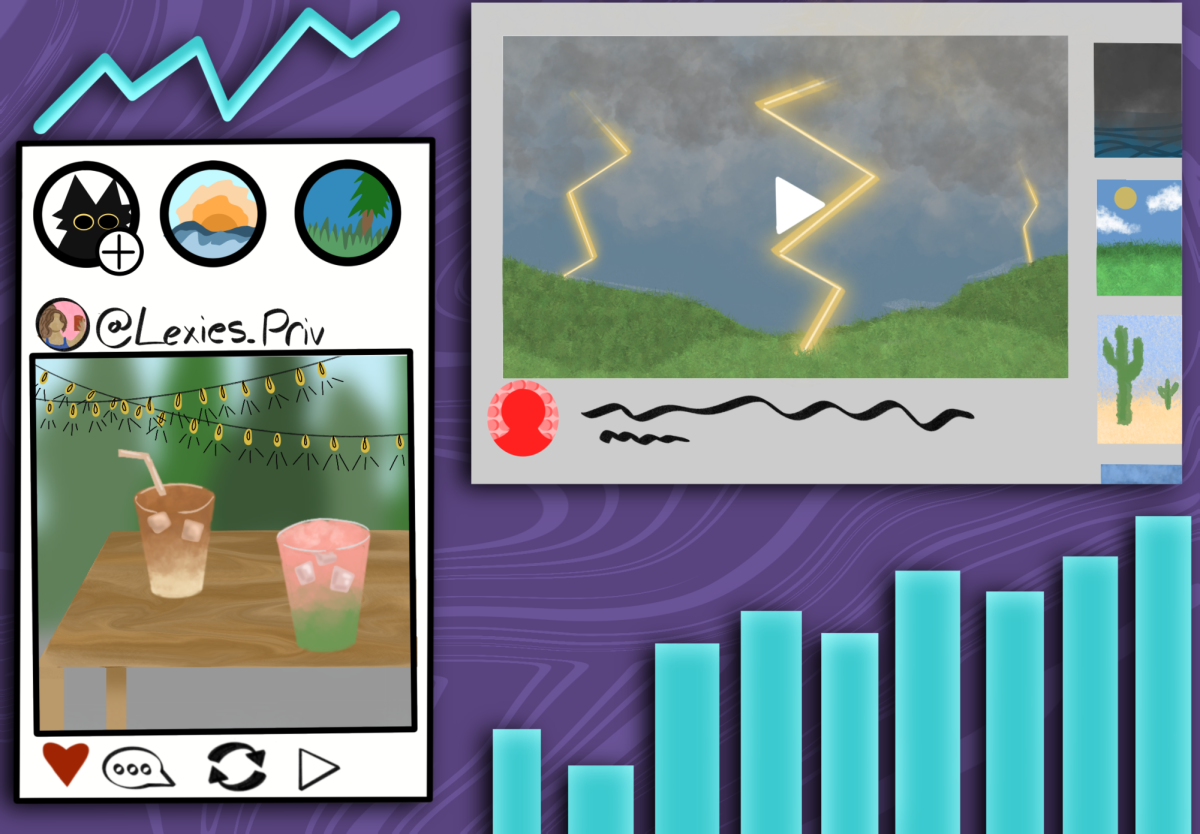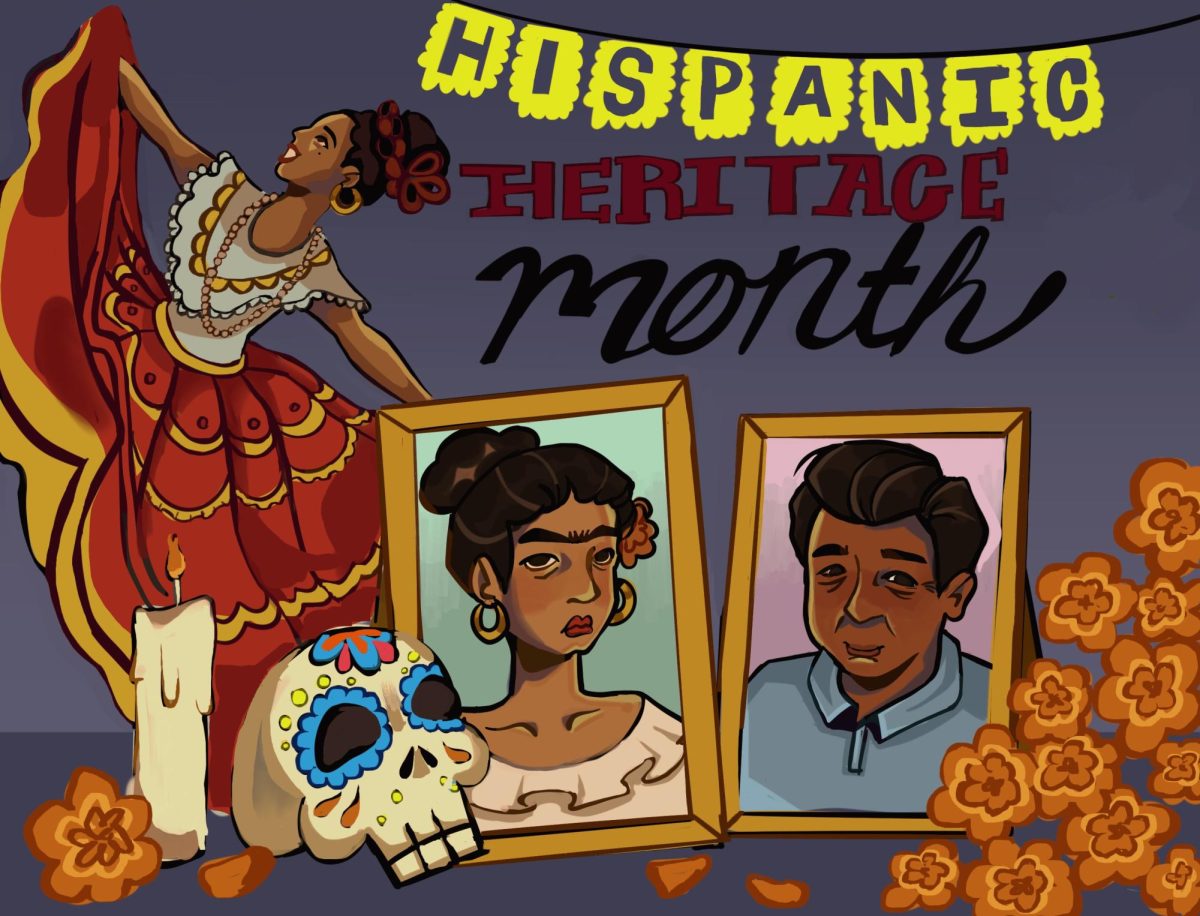Using her blog as an outlet for her emotions and distraught, Zoë Colegrove of Buena High School documented her life for several months. On Oct. 11, 2015, Colegrove completed suicide. As she entered respiratory arrest, she was airlifted to the Community Memorial Hospital. While her father Daniel Colegrove sat by her hospital bed, her heart ceased beating and the doctor pronounced her at 10 p.m. She was laid to rest at Ivy Lawn Memorial Park.

Using her blog as an outlet for her emotions and distraught, Zoë Colegrove of Buena High School documented her life for several months. On Oct. 11, 2015, Colegrove completed suicide. As she entered respiratory arrest, she was airlifted to the Community Memorial Hospital. While her father Daniel Colegrove sat by her hospital bed, her heart ceased beating and the doctor pronounced her at 10 p.m. She was laid to rest at Ivy Lawn Memorial Park.
Colegrove’s father cannot comment on his daughter’s death due to conflicts with an ongoing court case. Instead, he has given Foothill senior Kylie Piquette, a close friend to the Colegrove family, the responsibility of speaking on his behalf.
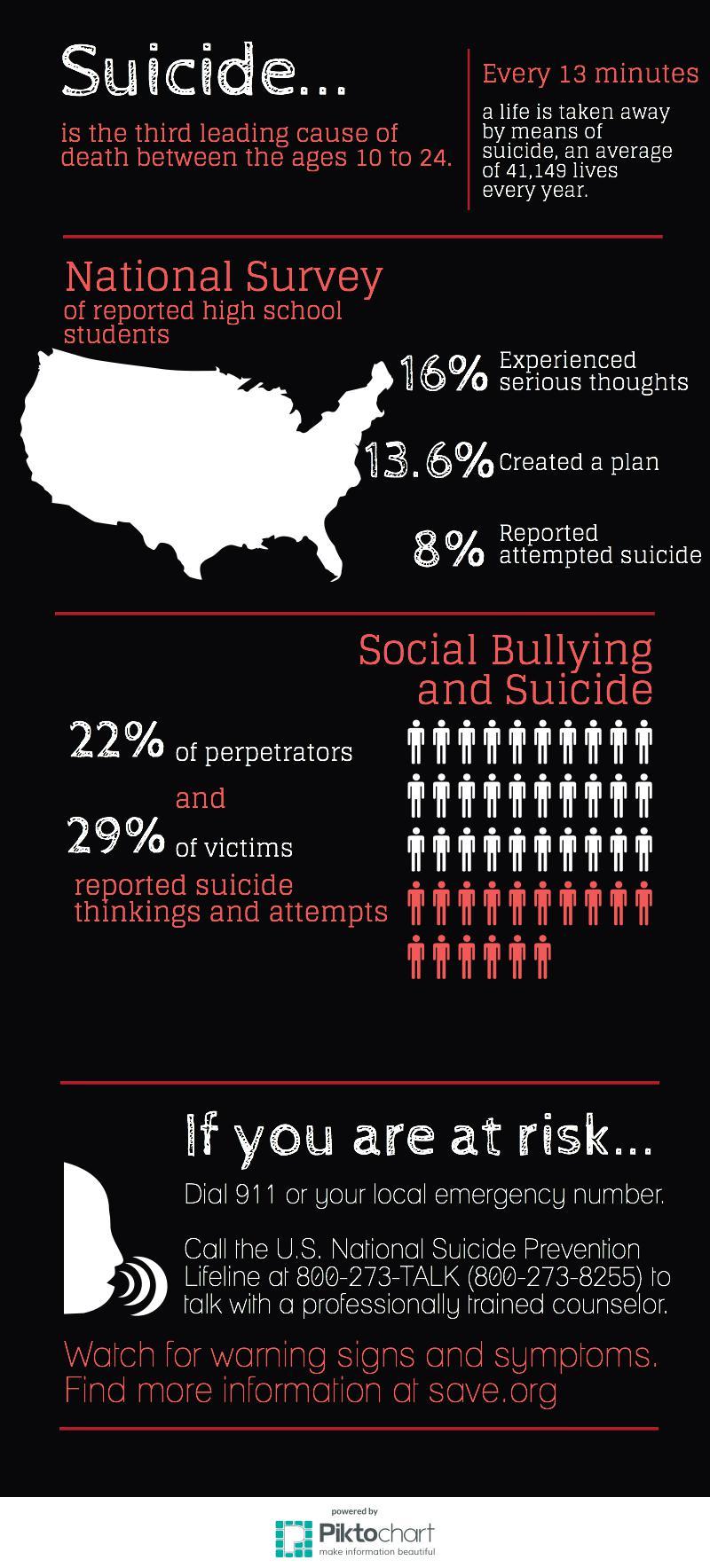
Piquette remembers Colegrove as a kind and genuine soul, who was not at all soft spoken.
“Zoë was a very rare type of person to find,” Piquette said. “One of the first times I’ve ever met her, I was at a park with a group of people and it was getting late. I was cold because I had a really short-sleeved shirt on, and she had a long-sleeved shirt on but also a sweatshirt.”
“We were almost complete strangers, but she took her sweatshirt right off her back and gave it to me. That’s the type of person Zoë was. She was literally the shirt-off-her-back type of person for a complete stranger,” she said.
“She was never the back down type of person,” Piquette continued. “She fought for what she believed in until the end. She always had a different plan on what she would do to make things better. She was not a mean person, but she was a person who stood up for what was right. If something was going wrong, she did everything she could to fix it.”
Piquette believes a number of factors could have led Colegrove to complete suicide, one of the reasons being bullying and harassment, as well as constant conflicts within her family.
Colegrove’s story is a piece within a larger picture of suicide and its ripple effect. For her, years of torment and the lack of understanding from others were some of the major driving forces.
“She would sit there and talk and talk, but nobody would listen to her,” Piquette said. “[…] But there’s a lot of people coming now saying ‘Oh, now we want to listen. Now we want to do something,’ but these were the people who she was coming to and telling them that she had a problem, and they just weren’t there for her.”
“It’s kind of hard for us to sit by and listen to those people say those things like, ‘What can we do now?’ Well, now it’s too late. They didn’t listen when it was important,” she continued.
For others, bullying, isolation, external and internal pressures and mental illnesses may be some of contributing factors.
According to the Centers for Disease Control and Prevention (CDC), suicide is the third leading cause of death between the ages 10 to 24, generating an approximate annual loss of 4,600 lives. Within the general population, 41,149 lives are lost by means of suicide in the United States every year, averaging out to one every 13 minutes.
In addition, a nationwide survey by the CDC was taken by high school students, and the results concluded that 16 percent seriously thought about completing suicide, 13.6 percent created a plan, and 8 percent reported an attempted suicide within the last 12 months that preceded the survey.
With raising statistics of suicide in the United States, it is vital to be informed about the causes of suicide and the affects on the lives left behind.
Factors of suicide:
Although depression is commonly linked to suicide, it is not the only cause. Factors such as family and social issues, isolation, mental disorders, and bullying can all be driving forces for suicidal thoughts and behaviors.
Oftentimes when constantly confronted with issues that seem unresolvable, individuals may feel lost, unsure of who to consult with. Becoming incapable of imagining matters improving can be a factor that pushes an individual over the edge, turning them to suicide. This is what is known as severe depression, and those who are diagnosed with this mental illness have a much higher likelihood of completing suicide than others.
Other mental illnesses such as bipolar disorder, schizophrenia and borderline personality disorder have also been proven to lead individuals to suicidal thoughts and tendencies.
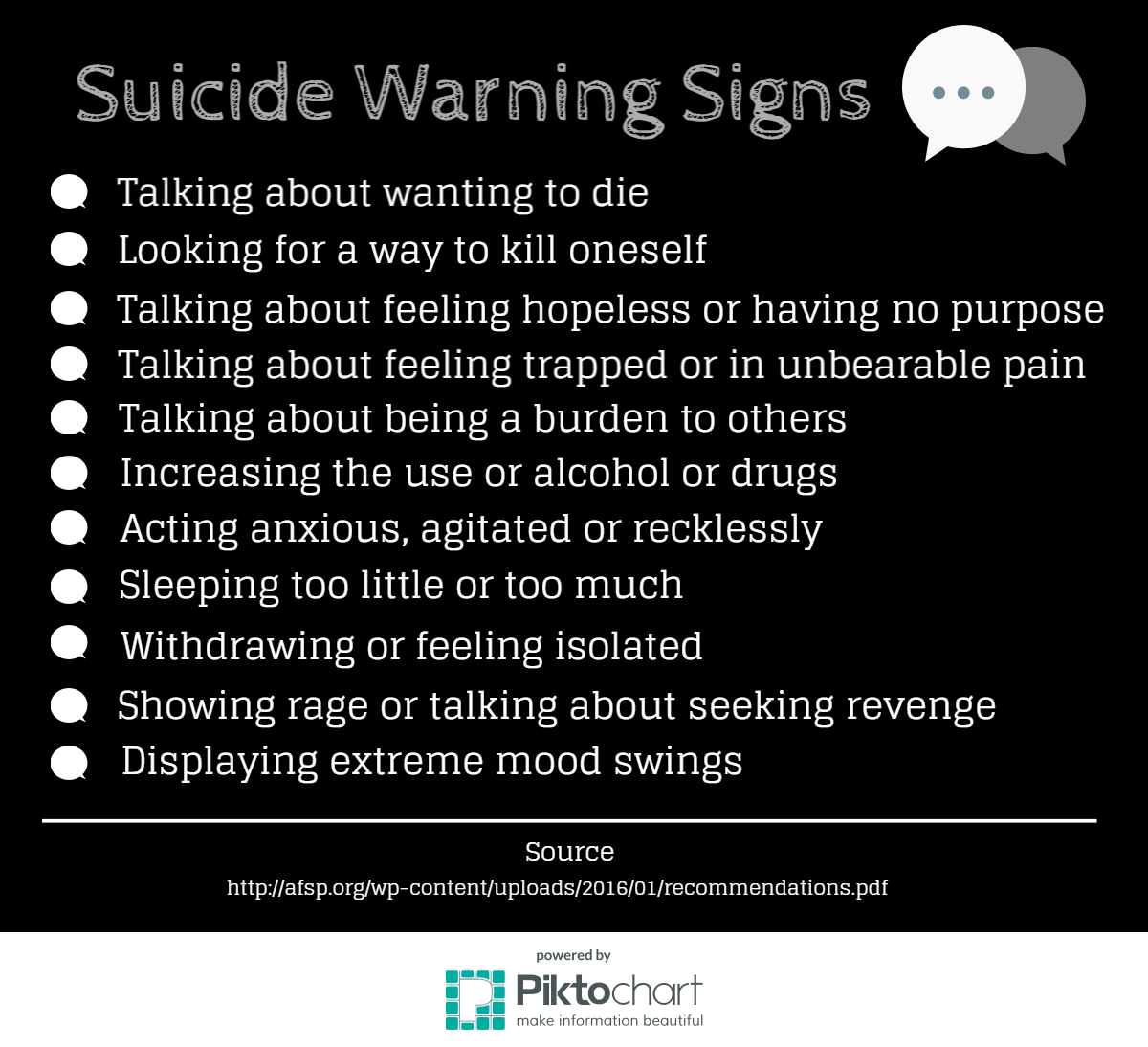
Bipolar disorder causes mood swings that range from depressive lows to manic highs. The Child and Adolescent Bipolar Foundation estimates that three quarters of a million American children may suffer from bipolar disorder, however, many are not diagnosed. According to NHS Choices, at least one in three individuals affected by bipolar disorder attempt suicide at least once, and are 20 times more likely to complete suicide than the general public.
Schizophrenia is another mental illness that has a high linkage to suicidal thoughts. It’s a long-term brain disorder that causes hallucinations and delusions. Although there’s not a definite cause of the illness, scientists believe that it might be a combination of genetics and the environments grown up in. Factors that might exacerbate the effects of schizophrenia are depression and self-harm. It is estimated that one in 20 people suffering from schizophrenia will complete suicide.
Borderline personality disorder is a mental illness that causes unstable emotions and impulsive behaviors. Symptoms of this condition include self-harm and impaired social relationships. Those suffering from Borderline Personality Disorders are oftentimes victims of child sexual abuse and are at a high risk of suicide.
[soundcloud url=”https://api.soundcloud.com/tracks/245021755″ params=”color=ff0000&auto_play=false&hide_related=false&show_comments=true&show_user=true&show_reposts=false” width=”100%” height=”166″ iframe=”true” /]
In addition to mental illnesses, Piquette also believes that lack of treatment is a contributing factor in the rise of suicide rates.
“I feel like we live in a society that doesn’t take mental illness as seriously as it should be taken,” she said. “If you walk around with a cast, everyone asks you what happened. But if you’re upset, people tell you to get over it.”
“Having battled that and having friends who have battled that, and having friends who have obviously lost the battle, it’s very unfortunate. I think that the awareness factor is really important. I feel like a lot of people shut down communication and that’s a big problem,” she continued.
Foothill English teacher Melanie “Captain” Lindsey agrees and believes that everyone needs a mentor who is capable of helping them handle their situations.
There is also a strong correlation between bullying and suicide among young adults. According to a study conducted by Yale University in 2008, bullying victims were found to be two to nine times more likely to report suicidal thoughts than those who were uninvolved.
The CDC found a similar outcome. In Sept. 2010, they convened an expert panel that examined the prevalence of bullying and the correlation bullying and suicidal thoughts. They found that youths who were involved in bullying, whether as perpetrators or victims, were three to five times more likely to have suicidal thoughts or attempts than those who were uninvolved.
“I think that being a teenager now, every single person who has social media has at least one time had a comment made to them over social media that was really mean and that hurt somebody’s feelings. Social media is a really good platform to raise awareness, but is also a really good platform for people to come at you behind a keyboard,” Piquette said.
When Lindsey was younger, she also experienced some of these influences that pushed her to consider attempting suicide after undergoing an extensive hazing process in college.
“Their whole ideology was very militaristic in that they would break you down to build you back up again,” she said. “They were taking a shy, introverted girl with no confidence, which was who I was when I was a teenager, and then breaking that down even further to the point where I wasn’t sleeping, I wasn’t eating.”
“I wouldn’t go out of my room if I didn’t have to. I pretty much only went to classrooms and then came back because of all the hazing that happened. My room was my only safe place,” Lindsey continued.
Iris Borowsky, an associate professor of pediatrics at University of Minnesota, conducted a study with two other researchers about the correlation between verbal and social bullying and suicide. They used data from a survey given to 130,908 students from 6th, 9th, and 12th grades, and arrived at the following conclusions: 22 percent of perpetrators and 29 percent of victims reported suicide thinking and attempts.

“We found that a history of self-injury, emotional distress or other mental health problem, a history of physical abuse, of sexual abuse, and a history of running away from home were powerful risk factors for suicidal thinking and behavior among both victims and perpetrators of verbal and social bullying,” Borowsky said in an email to the Dragon Press.
For Colegrove, bullying and constant harassment were some of the influences that led her to suicide.
“Zoë was with a friend just three days before she was admitted into Vista Del Mar for the final time,” Piquette said. “And she was getting screaming phone calls while in the car from a guy who was anonymous. Nobody knew who it was. [They] were all private numbers, so nobody could go back and trace it.”
Especially with the popularity of social media, bullies now have a more direct and anonymous outlet to their victims. With this expanding platform, it is becoming more difficult for individuals to avoid them.
“I think that being a teenager now, every single person who has social media has at least one time had a comment made to them over social media that was really mean and that hurt somebody’s feelings. Social media is a really good platform to raise awareness, but is also a really good platform for people to come at you behind a keyboard,” Piquette said.
Pressures of school and academics have also made an enormous presence in suicidal factors. Especially in high school where students are pressured to become the perfect applicant for college admission officers, students often feel drowned in the stress.
According to the National Survey of College Counseling Centers conducted by University of Pittsburgh in 2014, half of their clients suffered from severe psychological problems due to academic stress, with anxiety and depression being the most commonly diagnosed illnesses, as well as the leading influences of suicide.
In her studies, Stanford University professor Denise Pope found sleep deprivation to be linked to depression and anxiety, as well as being most pervasive within academic pressures.
“There’s a bilateral relationship between sleep deprivation and depression and anxiety,” Pope said in an interview with the Dragon Press. “We’re seeing really high rates of anxiety, very high rates of perfectionism, eating disorders, and cutting. We’re seeing kids who are binging on high doses of […] illegal stimulus use. They’re taking Ritalin or Adderall so that they can stay awake and stay focused.”
“If you change the climate and if you lower the stress levels – I’m not talking about dumbing down-, I’m actually talking about making changes in the school that will allow rigorous learning, but in a healthier way,” Pope continued.
She is also the co-founder of Challenge Success, an organization whose mission is embedded into its name.
There are also the influences of isolation and loneliness, which are hallmarks in suicidal individuals. Being disconnected from your environment and feeling alone even among a crowd of people can be painful, thus can be a factor in driving someone to take their own life.
[soundcloud url=”https://api.soundcloud.com/tracks/245023811″ params=”color=ff0000&auto_play=false&hide_related=false&show_comments=true&show_user=true&show_reposts=false” width=”100%” height=”166″ iframe=”true” /]
“You don’t know who to reach out to and you don’t know how to reach out,” Lindsey said. “And when you feel that alone, there’s only one way out and it feels so all-encompassing that you just need to end. You aren’t able to see that it’s a temporary situation. You aren’t able to see temporary. It feels permanent and now I know it’s not. Now I know that suicide is a permanent solution to a temporary problem, but at the time it didn’t feel that way.”
At the end of the day, however, suicide is typically not the result of a single causation, but rather the culmination of everything.
“Suicide is very complicated. Suicide ideation, there’s a whole bunch of things that weed into that. It could be depression, family history of anxiety, a trigger or event,” Pope said.
After suicide:
There were a number of things about Colegrove that Piquette missed: the look she always wore when playing an instrument and the love she had for drawing cartoons, especially of foxes, which precipitated Piquette’s nickname for Colegrove: “the little fox.”
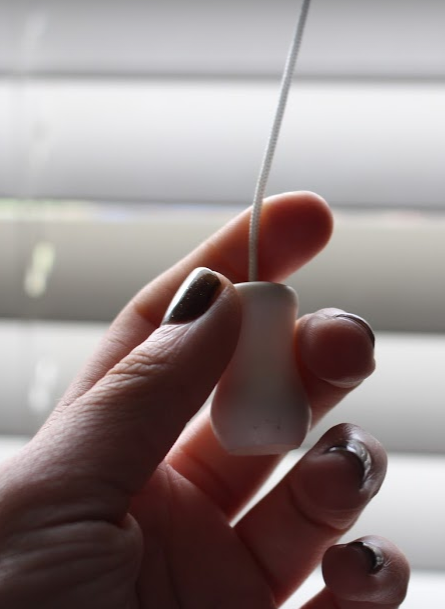
Piquette also missed Colegrove’s crystal blue eyes that always had a way of telling the truth.
“Some people just had eyes where they could tell you one thing, but their eyes tell you something different, and that was Zoë. Zoë was really good at hiding a lot of things, but if you looked into her eyes, you knew the truth. That’s definitely something I miss about Zoë,” she said.
Although life after a loved one’s suicide is experienced differently depending on the person, the emotions are difficult to deal with.
Oftentimes after a sudden passing of a loved one, those who were affected undergo a process called “The Five Stages of Grief.” Although they do not always occur in the same order, individuals usually experience the symptoms at one time or another.
The first stage of grief is denial, which is one way of coping with the loss and allowing in as much as one can handle. Denial can also be a method of survival, in that it helps process the reality of the situation without overwhelming us too much.
For some time after Colegrove’s passing, Piquette experienced similar feelings.
“Right off the bat, there was a sense of denial where we were like ‘It couldn’t be that Zoë. It couldn’t be the Zoë that they’re saying it is. That could not have happened the way they said it did,” she said.
Piquette also believes that another reason why denial plays such an intricate part in life after someone’s suicide is due to its suddenness.
“A lot of other deaths, you can see coming,” she said. “Suicide is one of the most jump-out-and-surprise-you type of deaths, other than a car accident. Old age, you expect someone to die. Illness, you expect someone to die.”
Piquette said that she didn’t expect a person like Colegrove, who was “young and healthy” and living everyday life, to complete suicide.
The second stage is anger and can be expressed internally and externally. It is common to become frustrated when wondering what could have been done to prevent it. In Piquette’s case, she experienced a lot of anger after Colegrove’s death.
“And then digging into it, there is still a lot of anger because things were done wrong. It almost feels like in Zoë’s case, and even in my cousin’s case, it feels like someone else kind of took their lives away from them before they could do it themselves,” she said. “So they were only taking what was left of their lives, but a lot of things were already taken from them. They didn’t have much of a life they could take and so that definitely strikes anger.”
“She was never the back down type of person,” Piquette said. “She fought for what she believed in until the end. She always had a different plan on what she would do to make things better. She was not a mean person, but she was a person who stood up for what was right. If something was going wrong, she did everything she could to fix it.”
After anger comes bargaining. During this stage, there’s a plethora of “what if’s and “if only’s,” while the individual hopes that what had transpired was merely a nightmare. It is a common reaction after a traumatic event to want to turn back time and prevent the loss of a loved one.
The fourth stage is depression and grief. This is not necessarily a sign of a mental illness, but rather an appropriate response to a tragedy. This stage helps individuals cope with their situations and come to terms with their loss.
The final stage is acceptance. This is not to be confused with feeling of being “alright” with a death. Acceptance is coming to terms with the fact that they are physically gone and that that is the new reality. It is to begin life again, no matter how painful it may be. It is to find your place in the world again without your loved one by your side.
“I think that holding onto the good things, like if you’re grieving or you’re having a hard time in general, is a good thing. Nothing’s all bad. Just have a little reminder that you’re not by yourself,” Piquette said.
Treatments and help:
For those who are suffering from suicidal thoughts and tendencies, it can be difficult to find the right time to reach out. But there is never a definite “right” time to reach out. When it comes to the potential loss of life, every second, minute and hour is the right time.

As far as treatments go, it is dependent on the causes and factors. It best to schedule an appointment with a psychotherapist or your doctor. These sessions are designed to let you discuss your emotions and thoughts, as well as brainstorm methods to overcome obstacles that hinder your daily functioning.
Those suffering from major depression sometimes take antidepressants, which are used to alleviate their symptoms. Antidepressants are also used to treat:
- Social anxiety disorder
- Anxiety disorder
- Dysthymia (mild chronic depression)
- Obsessive compulsive disorder (OCD)
- Panic disorder
- Serious phobias
- Bulimia
- Post-traumatic stress disorder (PTSD)
If you are unsure whether or not antidepressants are right for you, speak to your doctor or a health professional.
If you are a victim of a bully/bullies, talking to a counselor or staff member you trust has shown to decrease anxiety and stress. In addition to Borowsky’s research mentioned earlier, there were a number of factors found that “protected against suicidal thinking.”
“Connectedness to parents was the most salient protective factor – a powerful protector for all 3 groups of youth involved in bullying,” Borowsky said. “Perceived caring by other adults in the community, perceiving that your friends care about you, and liking school were significant protective factors for victims of bullying.”
For Lindsey, it was her parents’ love and support that helped her handle and cope with the situation.
Lindsey believes that no matter how lonely a person may feel, their loss would impact so many lives and generate so much sorrow.
“Their loss would bring so much sadness to people who they don’t even think would be sad about it. For every one mean person in their life who’s making them feel this way, there are a hundred people who think they’re awesome,” she said.
[soundcloud url=”https://api.soundcloud.com/tracks/245021482″ params=”color=ff0000&auto_play=false&hide_related=false&show_comments=true&show_user=true&show_reposts=false” width=”100%” height=”166″ iframe=”true” /]
If you are suffering from overwhelming academic pressures, Pope recommends on cutting back on aspects you can cut back on, whether that’s usage of social media, perfectionism, and/or rigorous courses.
“Really think about ‘What do I enjoy learning? Why would I take on an extra Advanced Placement class if I don’t even like that subject?’” she said.
“Your first priority is your health,” she continued. “You have one body and it has to last throughout your whole life. It doesn’t matter if you get straight A’s and get into Harvard if you can’t physically make it there because you’re so exhausted, and have chronic depression or anxiety.”
Warning signs and how to help:
Although talking about completing suicide or saying that they have no reason to live are more obvious warning signs, there are also multiple subtle ones.
If they are suddenly calmer or happier than usual, it may of a warning sign. Typically, if an individual has a plan laid out and has already decided, they are more at peace with themselves and with everyone around them. In addition, losing interest in the things they used to care about may be another sign. Other tendencies include setting affairs in order, increasing use of drugs or alcohol, feeling isolated, etc. Several more symptoms can be found here.
If you are noticing some of these signs in someone, talk to them about your concerns, but do not confront them head on and accuse them of wanting to complete suicide. Instead, ask them if there is anything wrong and if there is anything you can do to help. Above all, listen to them.
[soundcloud url=”https://api.soundcloud.com/tracks/245021378″ params=”color=ff0000&auto_play=false&hide_related=false&show_comments=true&show_user=true&show_reposts=false” width=”100%” height=”166″ iframe=”true” /]
Furthermore, help them get help. Do not try to counsel them if you are not a trained professional, as it could worsen matters. Open them up to the prospect of therapy. Oftentimes, people can be turned off by the idea of seeking help from therapists because they might not want to come across as weak or different from others. However, it is vital to remember that something as serious and permanent as suicide is triumphs over conventionalism. There is nothing wrong with seeking help when it is needed, especially when a life is a stake.
“Someone will listen to you and someone will help you. There’s going to be a tomorrow. There’s going to be a better tomorrow or worse tomorrow, but it doesn’t stay dark forever,” Piquette said.
If you are at risk of completing suicide, dial 911 or your local emergency number. Call the U.S. National Suicide Prevention Lifeline at 800-273-TALK (800-273-8255) to talk with a professionally trained counselor.
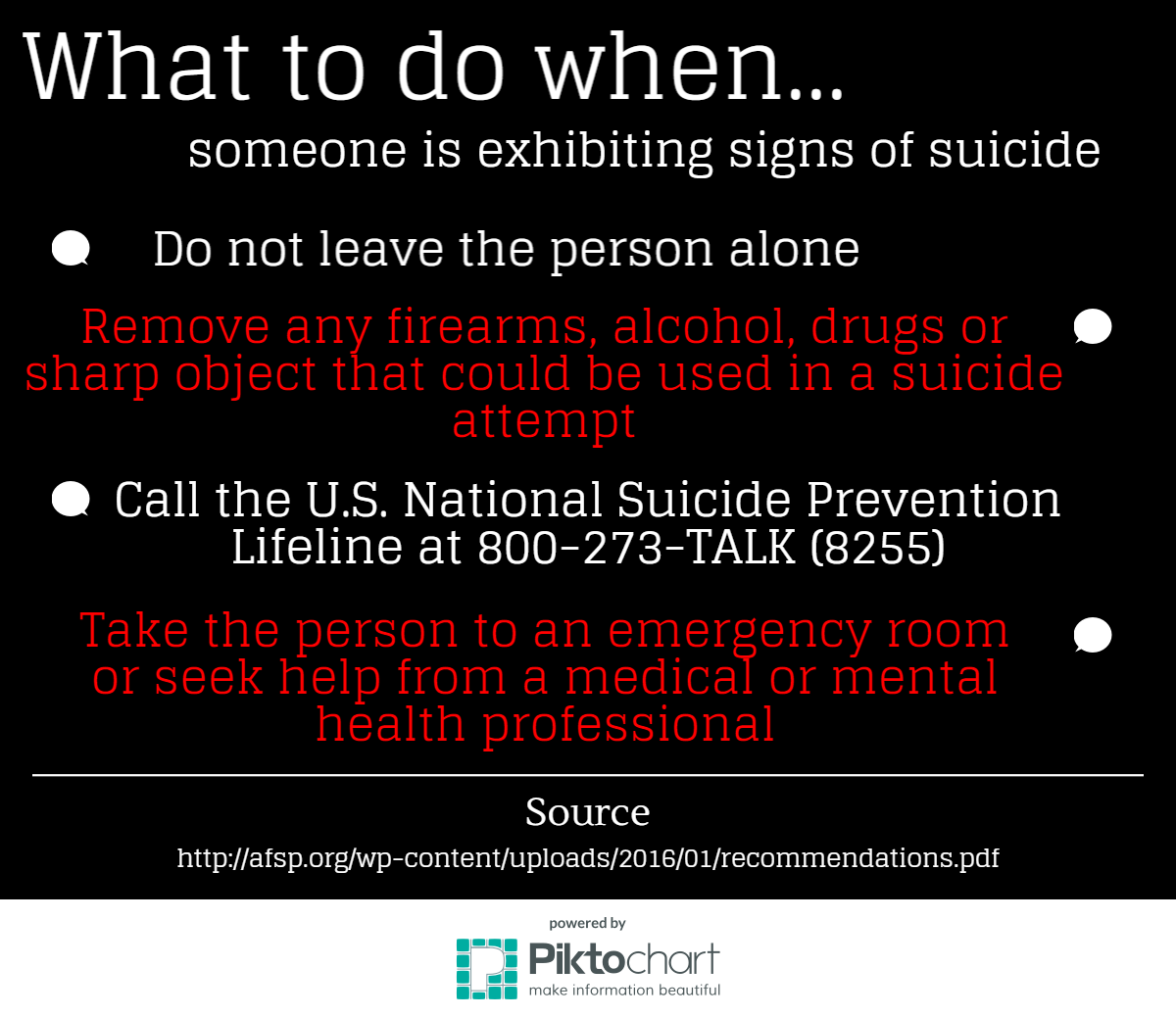
Background Photo Illustration Credit: Chloey Settles/The Foothill Dragon Press


